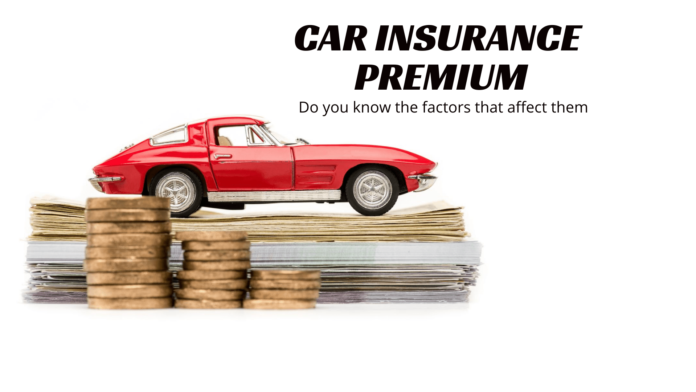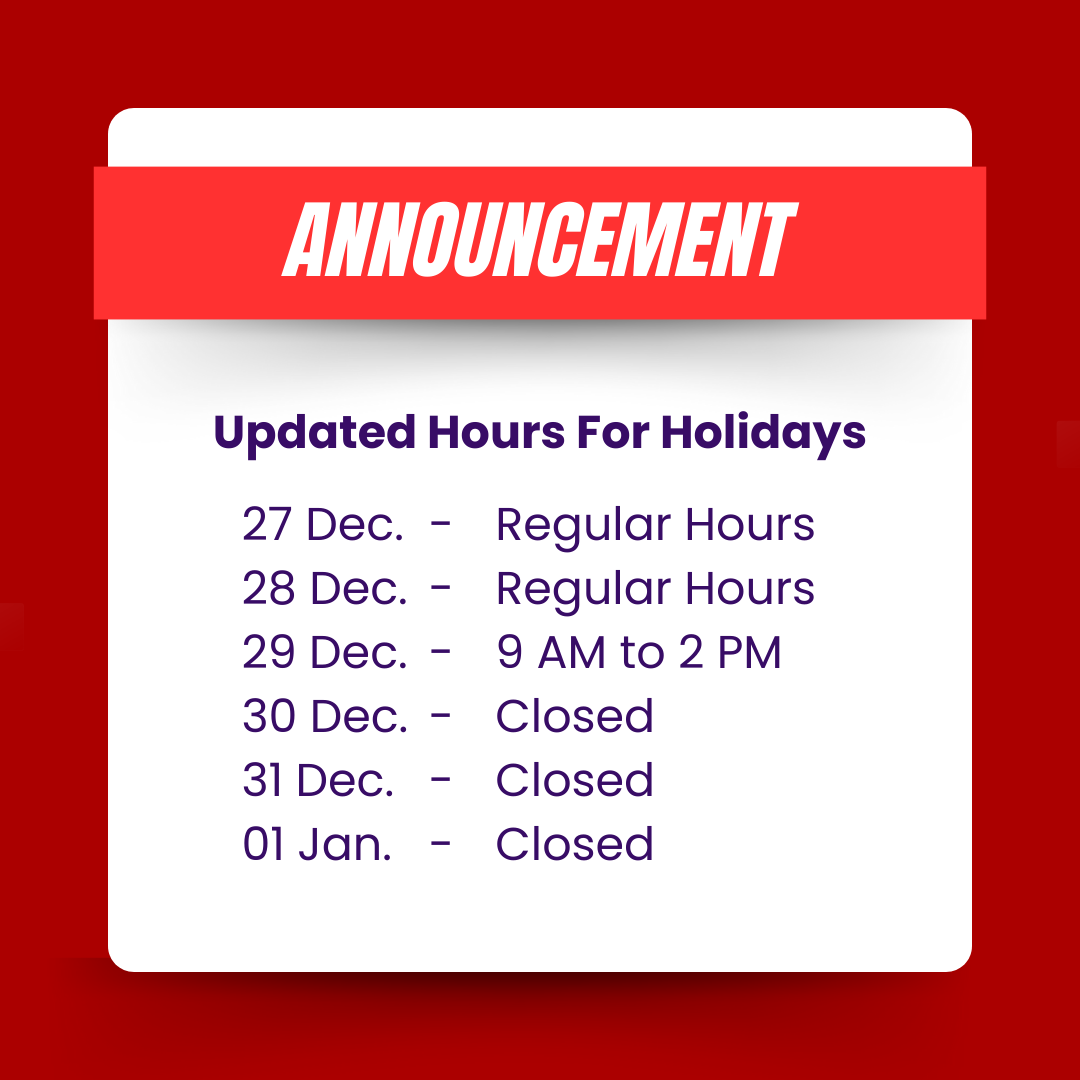Congratulations on your choice to buy a new vehicle. You can pick out exactly what you want, control maintenance, and take pride in your new car. At the same time, most autos will never be valued as much as they are the instant before you drive away from the dealer. After you take ownership, your new car turns into a used car and will depreciate fast.
These are some figures from Edmunds that illustrate just how quickly your car may lose value after you buy it:
By the time you have driven your first mile away from the dealership, your car may have lost almost 10 percent of its new-car value. By the time you have owned your vehicle for 12 months, an average car will be worth about 20 percent less than it was in the dealer’s lot.
Meanwhile, new cars are expensive. Like many of our clients, you could have budgeted for your new car by stretching out payments for several years. In some cases, you might have also rolled taxes, fees, and other costs into the loan. The fact that your loan balance may exceed your car’s actual value might not concern you that much if you intend to keep the vehicle for a few years and benefit from reliable transportation.
You may only have a problem if you damage your car in an accident or lose it to theft or even a natural hazard. That’s when gap insurance can protect your investment and keep financial problems at bay.
If your new car gets totaled or stolen, you may face these tough problems:
Your typical auto insurance company will probably only reimburse you for the book value of your vehicle.
If you’ve only owned your car for several months to a few years, your loan balance could be thousands of dollars more than the book value.
When do you need Gap Insurance
Gap policies get their name from the way they bridge the gap between the amount you owe and the amount that your auto insurance company will agree to reimburse you. Your insurance company is not responsible for the balance of your loan, but you are.
Meanwhile, you probably still need to acquire another vehicle for transportation. You might have carefully budgeted for loan payments and other costs of vehicle ownership when you decided to purchase a new car. However, it’s likely you didn’t budget for this problem. If you have good credit, your lender might work with you to roll your outstanding balance into a new car loan. Even so, you’ll find that you’re even deeper underwater with your new car loan than you were before. You’re still stuck paying off a car that you can’t drive.
If you have gap insurance, you can simply use that additional coverage to pay off the difference. This gives you the freedom to shop around for a replacement vehicle and a new loan. It removes the additional financial burden of paying for a new car while still paying off the ruined or lost car.
When you don’t need a Gap Insurance
Gap coverage exists to protect 2 specific types of drivers against the costs of a total loss: those who are financing, and those who are leasing. If you own your car free and clear or owe less on your loan than the car is worth, you don’t need gap insurance.
Where to Buy a Gap Insurance Policy
Most dealers will try to sell you gap coverage when you buy your car. They make an additional commission on the sale and probably only work with one insurance provider. You probably spent a lot of time shopping around for the best deal on your new vehicle, so why wouldn’t you do the same when you need to purchase any sort of auto insurance?
We suggest focusing on your new car deal without any added distractions. You don’t have to accept the dealer’s offer and would be prudent to call a qualified insurance broker for competitive rate quotes. Waiting until after you’ve already closed the sale will also buy you time to make a better decision about how you want to cover your new vehicle.







